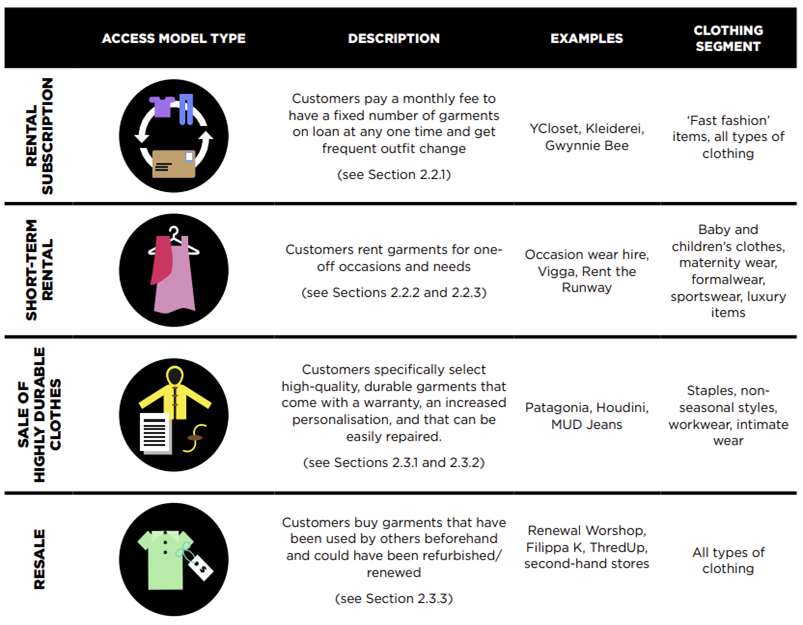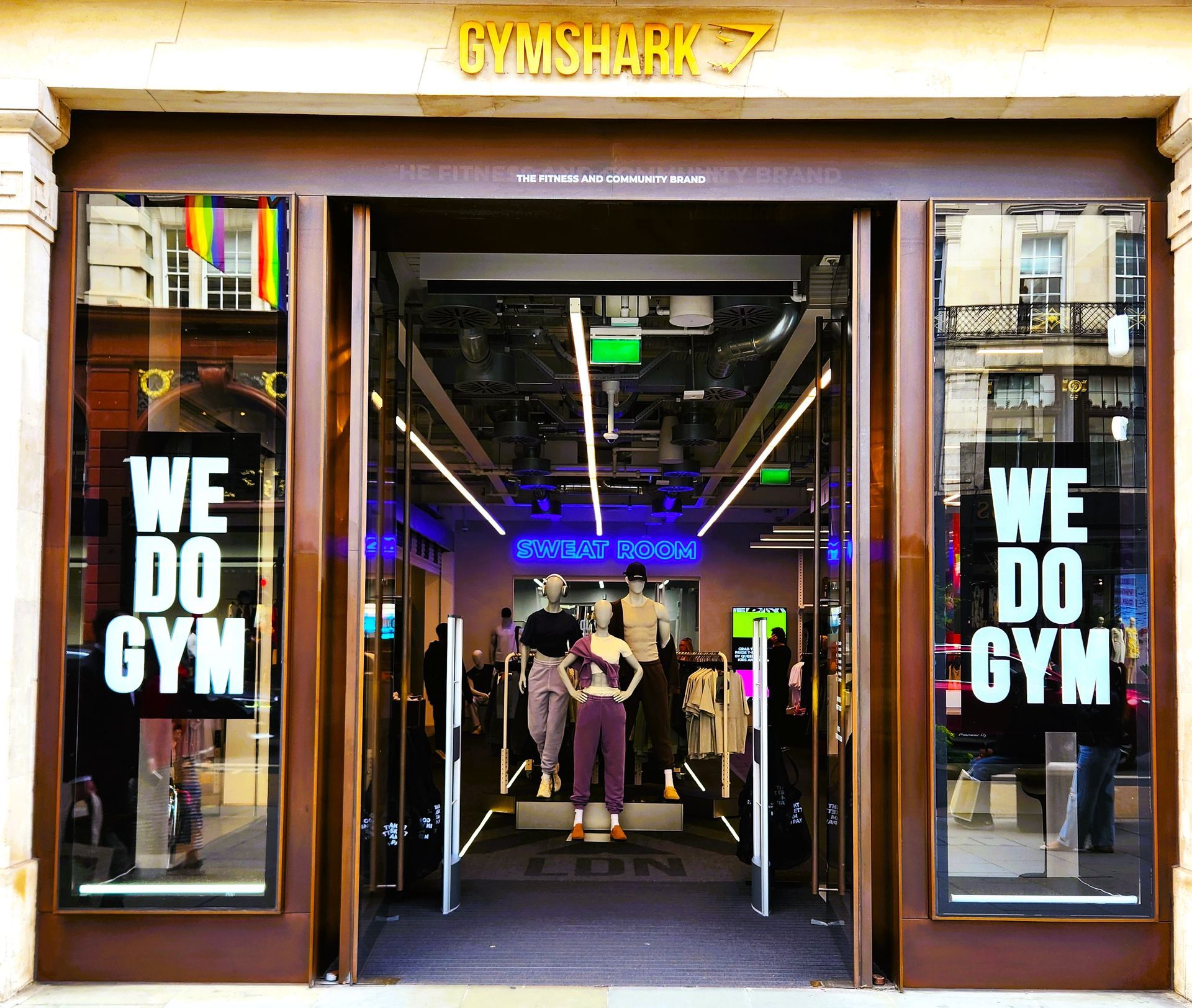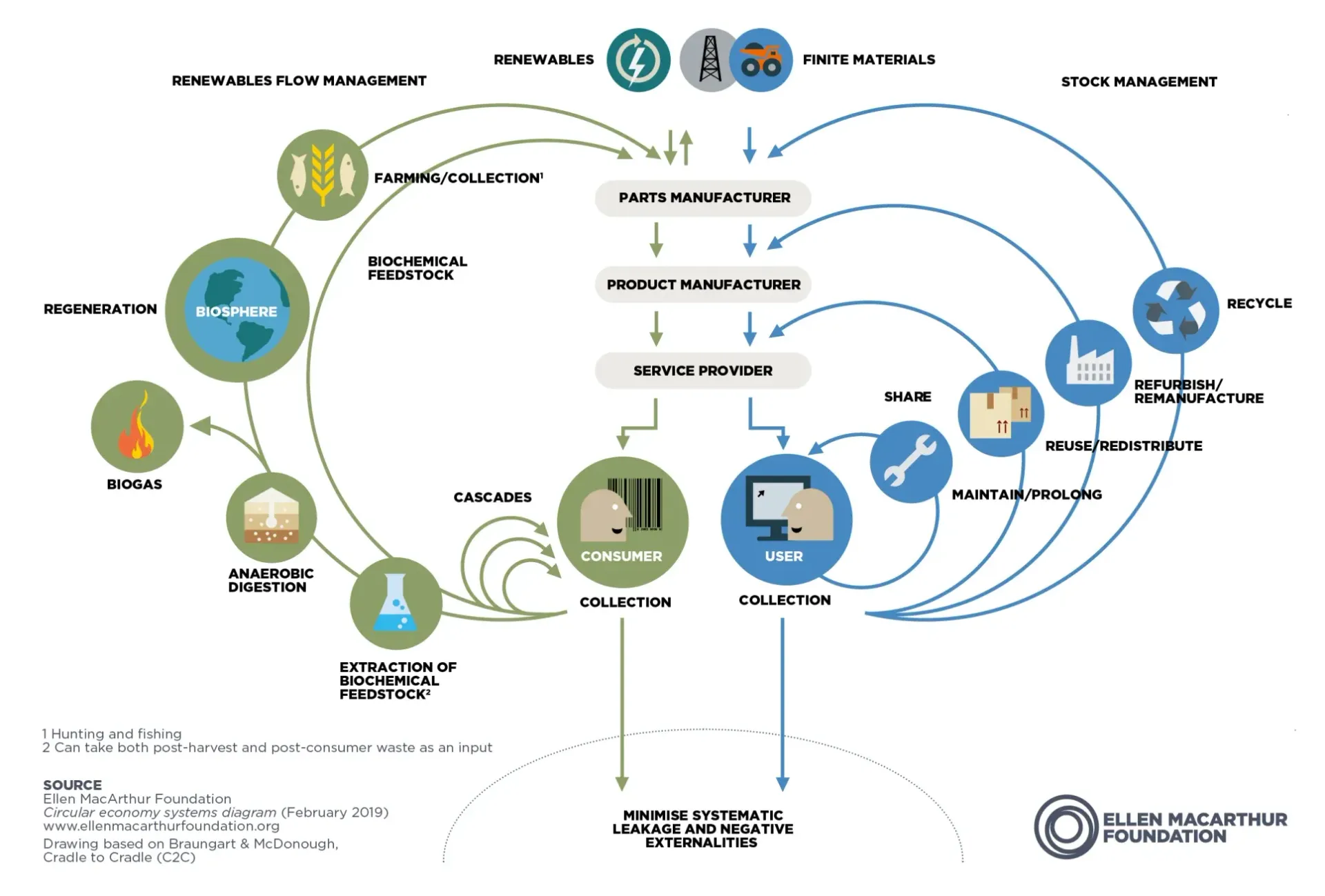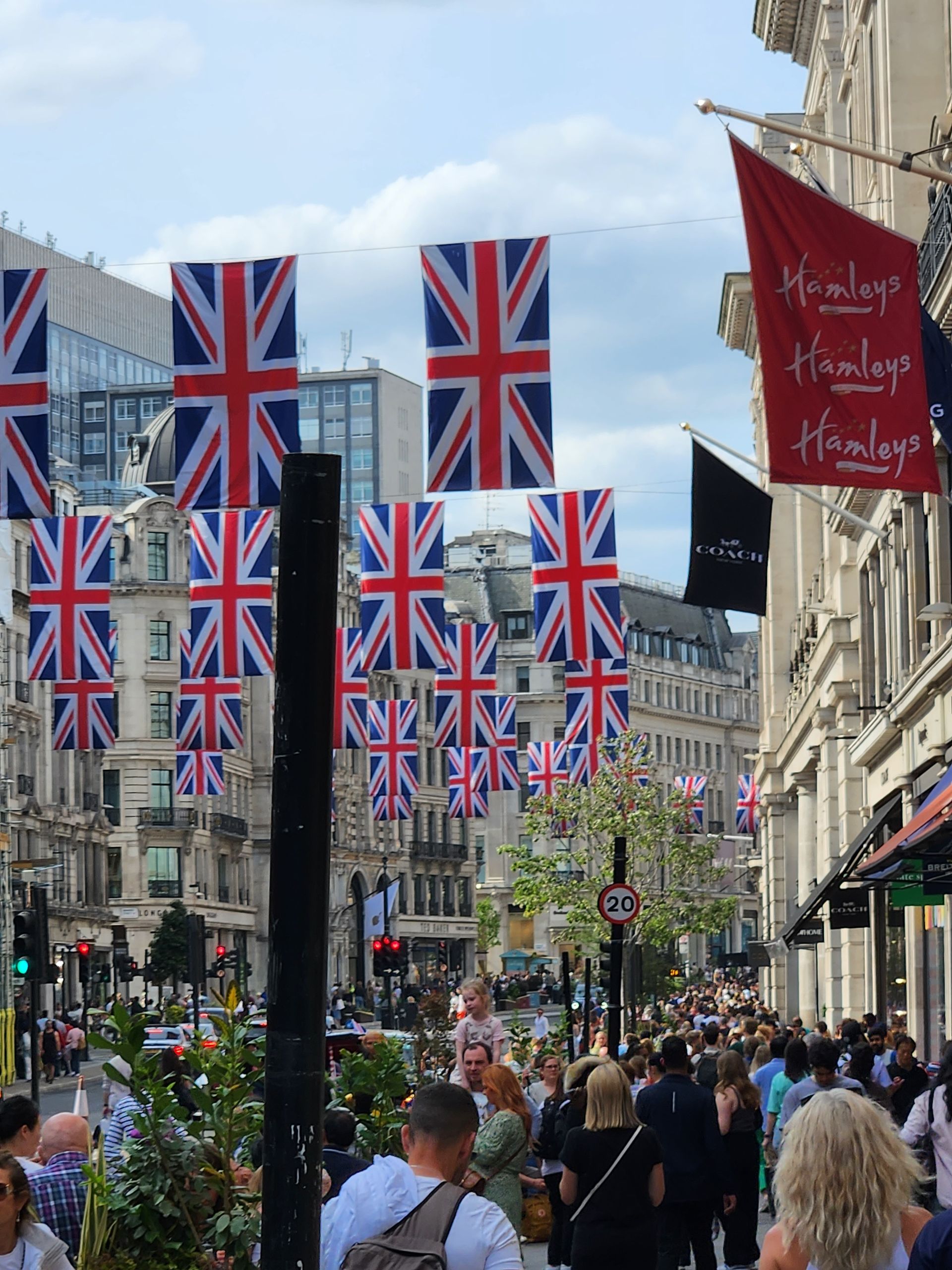THE CONSUMER ROLE FOR A SUSTAINABLE FASHION INDUSTRY

THE CONSUMER ROLE FOR A SUSTAINABLE FASHION INDUSTRY
Consumers are relevant stakeholders in the fashion industry and, consequently, in the CE model transition. Consumers have an essential role in the behavioural change towards a sustainable lifestyle.
Despite their increased attention to sustainability issues, the pressure to shift consumers’ consumption has not relied upon them (UNEP, 2023).
Research in consumption theory reveals an encouraging trend: the increasing influence of environmental and sustainable factors on consumers' decision-making process.
This is evidenced by a significant rise in their willingness to pay a premium for products with a green trust, marking a positive evolution in consumer behaviour.
The paradox gap in young consumers
According to a global survey of consumers' perspectives on sustainable fashion consumption carried out IN 2019 by the Consulting firm KPMG, 80% of participants were concerned about environmental issues, and two-thirds of themselves supported the idea of sustainable fashion.
Following the study's findings, participants considered sustainable fashion with high-quality and durable products as primary features, followed by products free of hazardous chemicals. In contrast, ethical and fair trade/labour is considered a crucial element in a sustainable fashion.
However, the willingness to pay more for sustainable fashion remained low. This shows that in the consumers’ decision-making hierarchy, the environmental factor is below other relevant purchase factors, such as price, quality, value, and convenience of purchase, among others. Sustainability is relevant, but economic factors and opportunism are still more significant.
Therefore, it is imperative to bridge the gap in sustainability impact on consumer consumption behaviour, elevate the importance of environmental factors in their decision-making, and foster a more sustainable fashion industry.
Urban Millennials and Gen Zers consumers, the generations born in the eighties and mid-nineties, are more environmentally conscious and could enhance a consumption behavioural shift towards sustainability fashion priorities once they reach the age and income level to apply their eco-values to their purchase decisions.
Despite the increase in sustainability knowledge and eco-values by younger generations, green fashion covers less than 10% of the entire market. One reason for this performance is the affordability of fast fashion products, which influences the purchase decision of young consumers, and the lack of confidence in the industry's sustainability claims.
Wiederhold and Martinez (2018) have defined this paradox between the increase in the acceptance of sustainable fashion and the low levels of purchase behaviour towards it as “the attitude behaviour gap”.
Acknowledging the complexity and variety of consumers, who are clustered in different segments and targets and cover distinct needs, motives, and geographical differences, is essential. In the linear model, all these differences and complexities have been answered by fast fashion selling new clothes, including features like the latest trends, colours, styles, and low prices, leading to low utilisation rates.
The increase in sustainability consciousness by the young generations can be perceived as an essential driver for the industry to implement circular business models. However, the industry can use the paradox gap to slow the transition process.
Steps to move forward
Promoting a circular economy and taxation policies that enhance local consumption can become an essential tool for influencing consumers towards sustainable fashion over fast fashion.
Additionally, fashion companies should assume responsibility for their environmental impact and take steps to mitigate it. By bridging the gap between environmental protection and green consumption, conscious consumers can play a pivotal role in breaking the paradox.
The Ellen MacArthur Foundation (2017) suggests in the report “A New Textile Economy. Redesigning the Fashions Future” that a new Textile industry based on the Circular Economy model needs to implement a diversity of sales and services to satisfy a variety of consumers' clothing needs while ensuring higher utilisation rates (article photo).
Reducing the paradox between consumers' attitudes and behaviours towards sustainability requires taking concrete steps. To achieve this, industry stakeholders such as public and non-governmental institutions must initiate campaigns to promote sustainable practices.
All Rights Reserved | Retail Consulting & Advisory Services Ltd.
Ismael Gonzalez - Founder and Managing Director
© 2022 Retail Consulting & Advisory Services LTD. Company Registration Number 14234794. Privacy Policy









